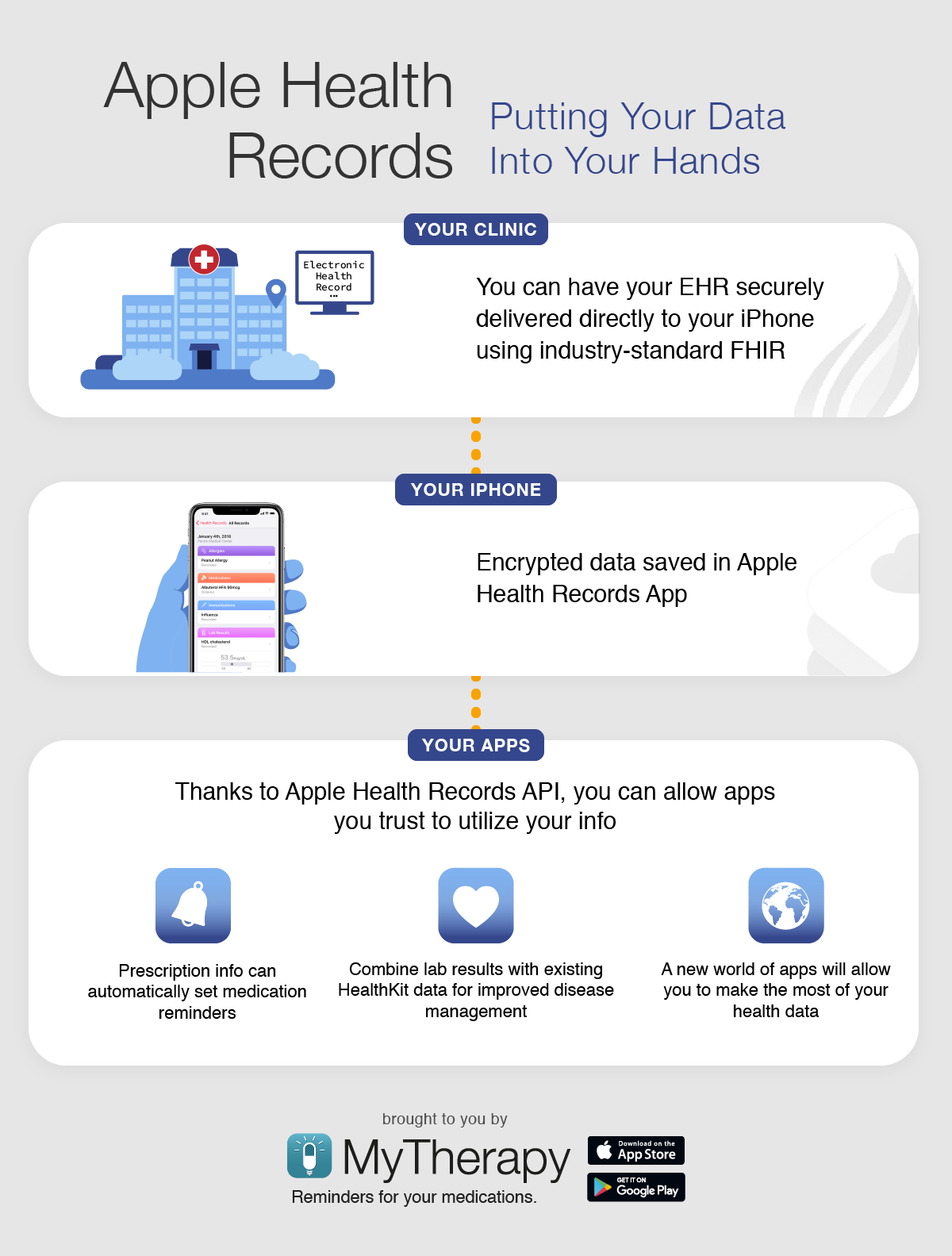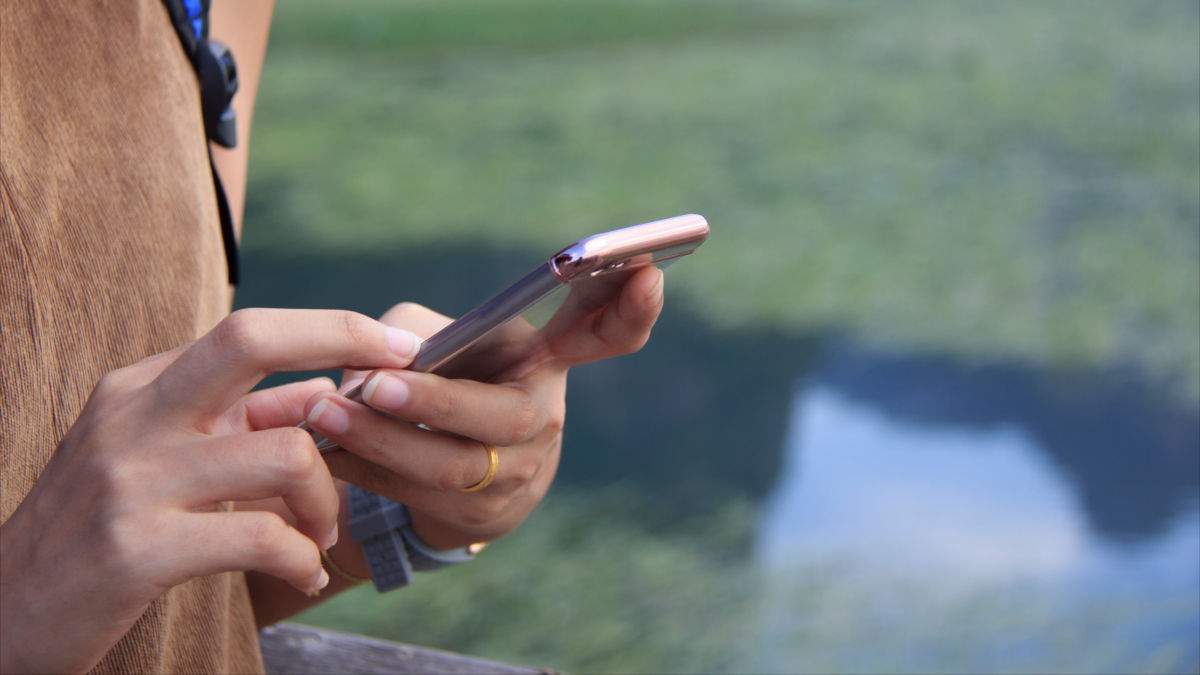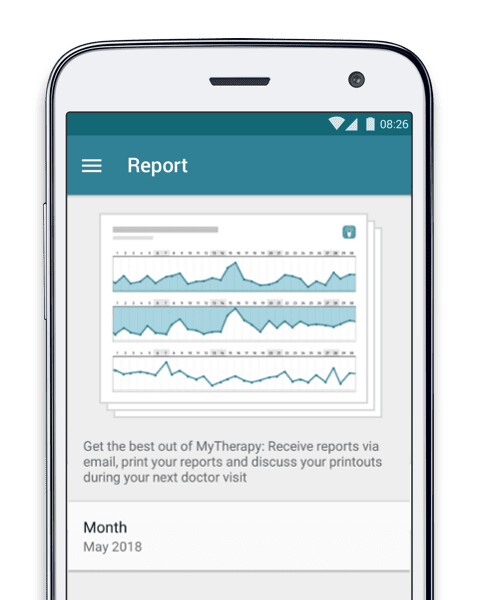Apple has seen an opportunity to put users in control of their electronic health record (EHR), while creating a whole new range of possibilities for health apps. In recent years the healthcare industry has strived to make transferring EHRs between institutions using different software easier, by implementing a common framework called FHIR (pronounced ‘fire’). Apple has taken advantage of this technology by allowing users to request their EHR, which is sent directly to the Apple Health App on their iPhone. Apple has now released Health Records API, so users will soon have the possibility of sharing this information with their favorite health apps, creating opportunities that were previously impossible. It is part of Apple’s increasing involvement in healthcare, and it raises questions from a consumer’s perspective:
What is Apple Health Records App?
What is Health Records API and Why Does it Matter?
Is My Health Data Safe and Secure?
When Will I Be Able to Access My EHR?
Why is Apple Involved in Healthcare?
Keep reading to find the answers.
What is Apple Health Records App?
In January of this year Apple announced that its Health App would be capable of connecting with healthcare institutions to seamlessly display users’ EHRs. When it was announced, 12 institutions – including Johns Hopkins Medicine, Cedars-Sinai, and Penn Medicine – were the first to make the feature available to patients.
Patients at those institutions were able to sign up for a beta version of the Health Records App, giving permission for their health data to be securely delivered to their iPhone.
The information is sorted by allergies, conditions, immunizations, lab results, medications, procedures, and vitals, and is updated periodically.
The idea is to give you greater control over and access to your health records, and to make personal healthcare information easy to view directly on your phone. This, Apple says, empowers patients and allows for greater engagement and understanding of health matters.
“Apple is uniquely positioned to help scale adoption,” said Darren Dworkin, Chief Information Officer at Cedars-Sinai, “because they have both a secure and trusted platform and have adopted the latest industry open standards at a time when the industry is well positioned to respond.”
Less than five months since the launch, the number of institutions enrolled has grown to 50. Between them, that means patients from more than 500 hospitals and clinics can now make use of the Health Records App.
In light of such rapid growth, Apple has released Health Records API, allowing developers to utilize users’ EHR data and opening the door to a huge range of possibilities.
What is Health Records API and Why Does it Matter?
API stands for application programming interface, and it is a tool with which developers build apps and features.
By releasing an API for their Health Records App, Apple is allowing developers of health-related apps to incorporate Health Records data, with the user’s consent, without additional input.
For example, medication reminder apps such as MyTherapy currently require users to manually enter medication and regiment details. By accessing Apple Health Records, however, MyTherapy would be able to retrieve prescription information and set up the reminders automatically.
In their press release, Apple also gave a hypothetical example of a diabetes management app, which would be able to access lab results through the Health Records App. Combined with diet and exercise information already available elsewhere in the Apple Health App, the diabetes app would be capable seamlessly utilizing a wide range of important information.
These are just two examples of how apps can utilize EHRs for a better user experience. In time, we can expect to see innovative apps developed using the Health Records API, which could help you manage your health in greater detail.
Apple is also confident that the Health Records data will enhance medical research performed using another of their tools, ResearchKit, by making information easier to obtain and more accurate than that collected using traditional questionnaires.
Keep reading to learn how Apple protects your data.
Find out how else Apple are involved in the healthcare industry:
Is My Health Data Safe and Secure?
Data privacy and security has been in the news a lot recently. Considering healthcare information is hugely important and sensitive, you may be wondering whether storing your data in an app – and allowing external apps to access it – is a good idea.
Apple points to two key elements designed to keep your data safe. The first is encryption; Apple assures users that as data is transferred directly from your healthcare provider to your iPhone, it is done so with secure encryption. When your iPhone is locked with a passcode, Touch ID, or Face ID, the information is encrypted on the device.
The second is that the data never passes through Apple’s servers; it is transferred directly from your healthcare provider to your iPhone. The only exception to this is if you decide to sync your data with iCloud, in which case the encryptions mentioned above is applied both while the data is in transit, and while stored.
Apple is keen to reassure users that it “is not creating, receiving, maintaining, or transmitting protected health information for or on behalf of a covered entity or business associate.”
What about external apps?
Once apps are available that utilize the data stored in Health Records, they will only be able to do so with your explicit consent, which you can withdraw at any time.
While these apps are developed externally, Apple is famous for strictly vetting apps that it makes available on the App Store, especially regarding privacy and security. Those apps wishing to utilize Health Records data will no doubt face even more rigorous scrutiny, given the sensitive nature of the information.
Providing you only download apps from the official App Store (not from third-party app stores, which Apple cannot vet the security of), ensure you understand the permissions you are granting apps, and secure your phone using a passcode of at least six digits, Touch ID, or Face ID, your data will remain as secure as when using Apple’s Health Records app.
These locks, however secure, are not impenetrable, so it will ultimately be each user’s decision whether the rewards offered by utilizing health data is worth the risk of storing it on one’s phone.
When Will I Be Able to Access My EHR?
Unless you are a patient at one of the 50 institutions currently enrolled, all of which are in the US, nothing will change for the time being.
If you are a patient at one of the institutions – and, of course, own an iPhone – it means you can start syncing your health data.

To do so, you must have the latest version of iOS (11.3) and your patient login details, which are provided by your healthcare provider. You must then simply open the Health App, and find Health Records in the Health Data tab, and follow the instructions.
It is worth noting that you must provide your explicit consent for the Health Records App to connect with your healthcare provider.
The first apps that use Health Records API to access the information are expected this fall with the launch of iOS 12.
When it comes to expansion, the influx of hospitals and clinics registered since January suggests the healthcare industry is keen to embrace such technology. Assuming the software used by a healthcare institution is FHIR-compliant, registering to connect with Apple Health Records is a straightforward process and, importantly, one Apple does not charge for.
With the release of the Health Records API offering a further incentive, it is reasonable to assume the number of registered institutions will continue to rise.
Apple has given no indication when the service will be rolled out to markets outside of the US.
What about non-iPhone users? Apple does make apps such as Apple Music available to Android users and could conceivably release Apple Health Records on Google’s operating system. However, it seems more likely that Google itself would have to take the initiative if there proves to be consumer demand.
Google did attempt something similar in 2008 when it launched Google Health, but it was discontinued three years later.
However, its launch of Cloud Healthcare API in March shows Google still retains a keen interest in the market. Like Apple, it utilizes FHIR to tackle the interoperability problem within the healthcare industry.
Google Health app today would surely stand a better chance of succeeding than it did a decade ago.
Other big names include Amazon, whose partnership with Berkshire Hathaway and JPMorgan made the headlines in January, and Microsoft, whose Health Vault solution also organizes personal health records. However, it dropped support for the accompanying app in 2016.
Apple is renowned for its smooth user experience and has a habit of making niche markets mainstream, so Health Records stands a better chance of success than previous efforts, especially in combination with apps developed using the API.
There are many elements that need to come together for Apple’s vision for EHRs to come to fruition. Should it do so, however, there is every chance you will soon have the opportunity to have your health record at your fingertips – regardless of which smartphone you use and to which healthcare institution you belong.
Why is Apple Involved in Healthcare?
Apple has made no secret of its interest in healthcare. From a financial perspective, the opportunities are massive, and it is a key component to its business model.
Its central philosophy is “empowering the patient,” and with over 90 million iPhone users in the US, they are in a powerful position to realize that ambition.
Their own Health App has evolved rapidly since its launch in 2014, collecting a vast amount of data that is broken down into Activity, Mindfulness, Nutrition, and Sleep.
As well as being able to collect fitness data from the iPhone (GPS tracker, step-counter etc.), the app can also draw heart rate information from the Apple Watch. Apple is currently studying whether this is capable of detecting irregular heart rhythms, caused by conditions such as Atrial Fibrillation.
The HealthKit API allows external apps to contribute data, allowing for further innovation.
Apple even hired a doctor, Rajiv Kumar, who used HealthKit to develop an app that allowed him to monitor children with diabetes at Lucile Packard Children’s Hospital.
In 2016 Apple purchased Gliimpse, a start-up that developed a platform for users to collect and personalize health data, and make it accessible. In hindsight, that purchase was an indicator of its intention to incorporate EHRs.
In addition to all of this, ResearchKit API gives researchers the opportunity to utilize the wealth of data Apple collects.
The most recent update, Movement Disorder API, allows the Apple Watch to continuously monitor the symptoms of Parkinson’s disease.
Apple is blurring the line between healthcare technology and consumer technology, as it believes their combination of hardware and software solutions is able to satisfy the needs of both in a way no other company can.
It is hard to predict the extent of Apple’s ambition in healthcare. Their mysterious announcement of the upcoming AC Wellness Clinic, an “independent medical practice dedicated to delivering compassionate, effective healthcare to the Apple employee population,” may hint at broader ambitions for clinics and medical practices.
Should that be the case, the software and hardware solutions they have been developing in recent years would give them an immediate advantage in creating an efficient ecosystem.
For now, that remains speculation. What is certain, however, is that Apple’s involvement in healthcare is only heading in one direction.
Interoperability is a problem that has long-troubled the healthcare industry. While FHIR is still in its infancy and there are significant obstacles it must overcome, Apple and Google having a vested interest in its success will surely expediate solutions and finally crack the nut of interoperability.
If this proves to be the case, it stands to benefit those working in healthcare, while creating further opportunities for patient interaction.
Take a look at some of the other posts on the MyTherapy blog:



